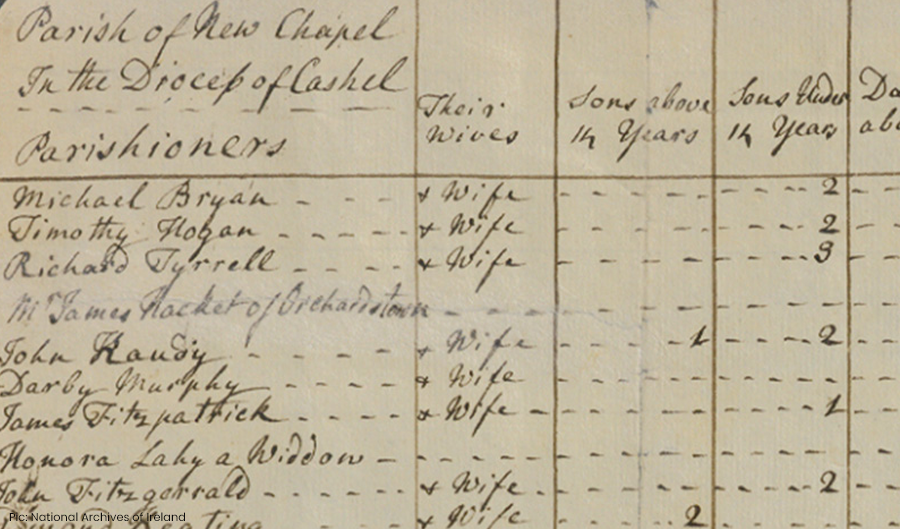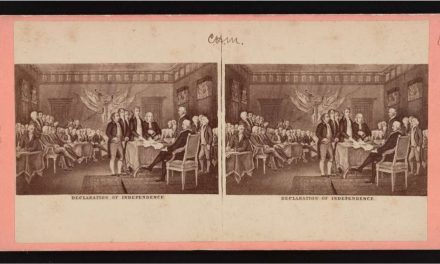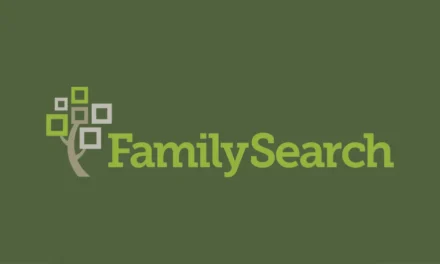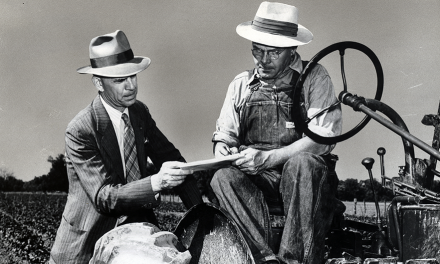Freely and permanently available online, everyone with an interest in Ireland’s past will be able to explore seven centuries of Irish history through tens of thousands of searchable documents: https://www.virtualtreasury.ie/
The Virtual Record Treasury of Ireland is the outcome of a five-year State-funded programme of research entitled ‘Beyond 2022’. Led by Trinity College Dublin, Beyond 2022 has combined historical investigation, archival conservation, and technical innovation to re-imagine and recreate, through digital technologies, the archive of the Public Record Office of Ireland that was lost on 30th June 1922 during the destruction of Dublin’s Four Courts at the outset of the Civil War.
The ground-breaking research programme has been developed by historians in Trinity College and computer scientists in the SFI ADAPT Centre, in partnership with five core partners: National Archives of Ireland, National Archives (UK), Public Record Office of Northern Ireland, Irish Manuscripts Commission and the Library of Trinity College Dublin. The Virtual Record Treasury is a meaningful legacy for the State’s Decade of Centenaries programme (2012-2023). It is funded by the Government of Ireland under Project Ireland 2040 through the Department of Tourism, Culture, Arts, Gaeltacht, Sport and Media.
The Virtual Record Treasury at a glance:
- Search the Treasury’s collection of 50 million words of text, 150,000 records and more than 6,000 maps spanning an arc of Irish history from 1174 right up to 1922.
- Interested in Ireland’s first census which took place in 1766? … Or in how Ireland was more intensely mapped and surveyed than anywhere in the world during the Cromwellian era? … Or how Ireland was governed by the English crown in the Middle Ages? … Three ‘Gold Seam’ collections, where up to 80% of the lost material has been retrieved, are a treasure trove of information about life in Ireland across the centuries.
- For the first time in 100 years, ‘step inside’ the six-storey Victorian Public Record Office, as it was on the eve of its destruction in 1922, via an immersive 3D experience.
- Dive deep into Ireland’s past with the Knowledge Graph for Irish History – a powerful new research tool which allows for the discovery of new connections between people and places…2.7 million linked data entities are available to search




